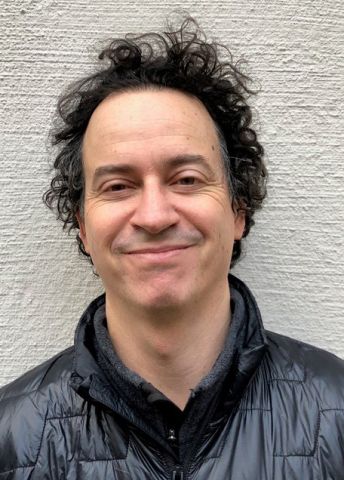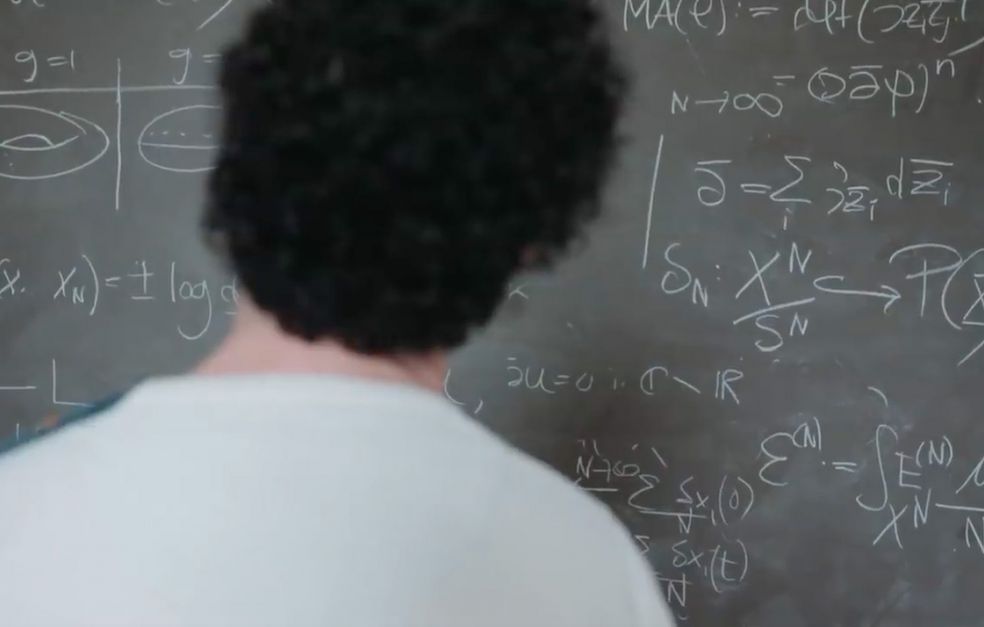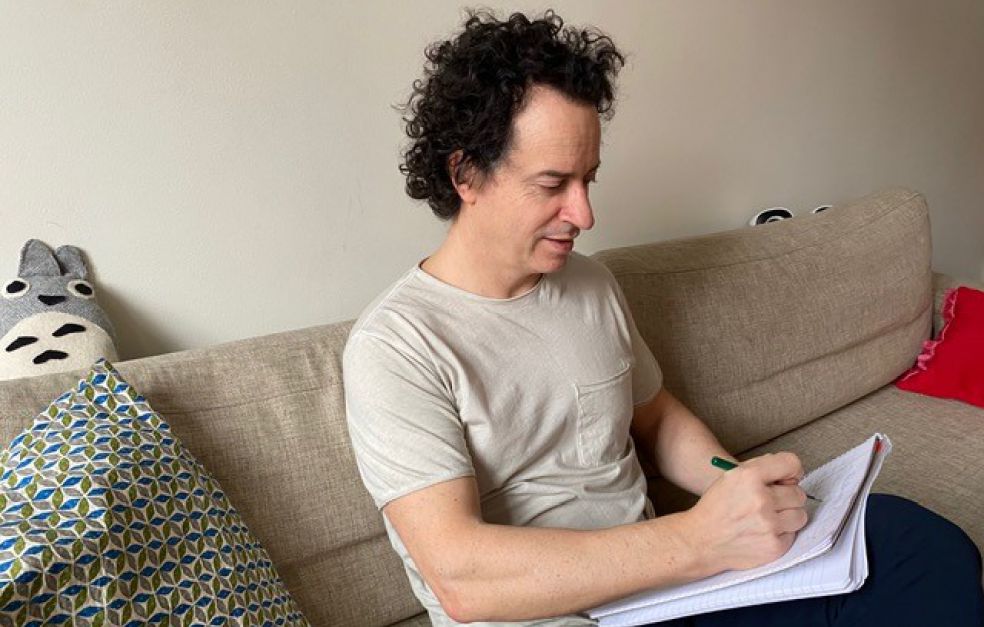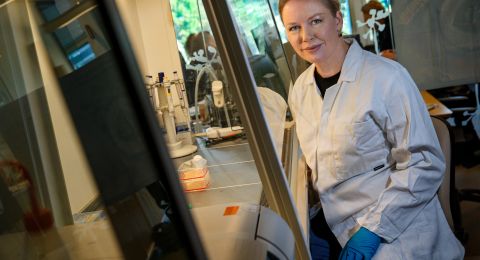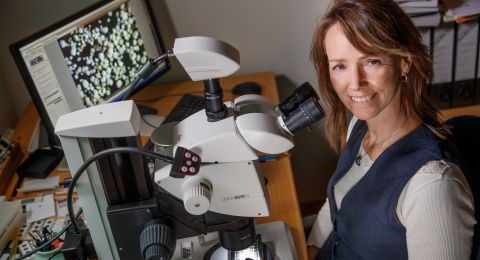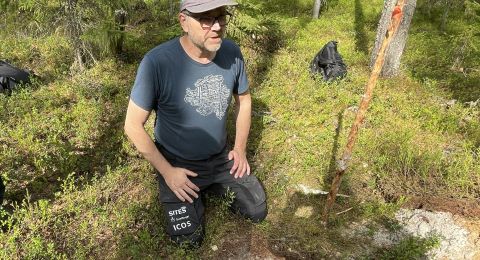Our knowledge of the universe has grown enormously over the past few decades, but we still have no models explaining events in black holes and the moments surrounding the Big Bang. Wallenberg Scholar Robert Berman is developing mathematics that may help to solve these riddles.
Robert Berman
Professor of Mathematics
Wallenberg Academy Fellow/Wallenberg Scholar
Institution:
Chalmers University of Technology and University of Gothenburg
Research field:
Analytical aspects of complex algebraic and differential geometry, and links to statistical mechanics
Today there are theories that explain very well how the world works on a large scale and at microscale. Einstein’s description of gravity as the curvature of space-time explains how stars, planets and galaxies influence each other, whereas quantum physics effectively explains how things work at atomic and sub-atomic scale.
The problem is that no one has managed to reconcile the two theories, as is necessary if we are to understand black holes and the birth of the universe.
“In black holes and before the Big Bang huge quantities of matter are packed tightly into an infinitesimally small space, which means account must simultaneously be taken of both gravity and quantum physics. But this cannot be done using current models – they collapse when attempts are made to combine them,” explains Berman, who is a professor of mathematics at Chalmers University of Technology and the University of Gothenburg.
There appears to be a need for new mathematics capable of describing large-scale and nanoscale phenomena simultaneously. A branch of geometry, known as Kähler geometry, which has been the subject of Berman’s research for many years, has presented itself as a potential candidate.
“It is no easy task to reconcile the big world with the small one. Each situation must be examined separately to gain an understanding of how it works in that specific case. The insights gained can then be used as a basis for the next step, like a jigsaw puzzle.”
In collaboration with colleagues at Chalmers and MIT in the U.S., he has recently been working on a model of a “supersymmetrical universe”, which is a little simpler than the real one. Using mathematics, they managed to shed new light on an established theory, known as the holographic principle, or more precisely AdS/CFT correspondence, governing gravity at quantum level in such universes.
“The question is whether it can help us to understand our own universe. We don’t know yet. But whatever the case, it’s really intriguing. This field in particular offers a very fruitful interaction between mathematics and theoretical physics, and much progress has been made as a result.”
A problem no one solved in fifty years
But Berman developed his mathematical methods in a quite different context, far from black holes and gravity. At that time he was inspired by a problem originating in signal treatment.
To be exact, the question was how a large number of measurement points can best be distributed on a geometric shape. On a perfect sphere it is fairly simple, but on more complicated shapes, such as a face, it immediately becomes much more difficult. The problem had been postulated as far back as the 1950s, and fifty years later no one had managed to solve it. At the time, just after the turn of the millennium, Berman was a postdoc in the French alpine city of Grenoble.
He shared an office with another postdoc. Together, using Kähler geometry as a starting point, they, together with a PhD student, arrived at an unexpected solution by postulating that the measurement points repel each other, rather like electrically charged particles, but modified to suit the problem they were addressing. The result was that the measurement points wanted to avoid each other as far as possible, spontaneously achieving optimal distribution over the surface of the shape.
“I then pursued the method and began wondering whether the measurement points could also be used to change the shape they were sitting on. What would happen if I added some chaotic movement? Imagine the measurement points as atoms in a frozen crystal, and add heat so the atoms begin to move.”
“The grant gives me more time for research, and the chance to recruit PhD students and postdocs. I need large amounts of uninterrupted time to think on my own, and also for discussions and brainstorming with others.”
Starting in chaos
This marked the start of Berman’s unique approach to geometry: explaining large-scale shapes and phenomena as arising from microscopic chaos. Like water in a stream – it looks to be flowing evenly from a distance, but is chaotic at microscopic level.
“Aside from some of my former PhD students, I’m the only one using this approach. I think it’s because it involves combining two completely different fields – Kähler geometry and statistical mechanics – and few people have in-depth knowledge of both of them.”
During the period covered by his earlier Wallenberg Academy Fellow grant he worked on developing a model in which space-time geometry arises from the underlying microscopic structure. He was successful in many of the specific situations he studied.
“Progress often gives rise to new questions. With the help of the Wallenberg Scholar grant, I’m now interested in developing the link with black holes, and also exploring how my mathematics can be used in quite different areas. Examples include understanding movements of liquids, and the properties of the complex systems of artificial neurons used in AI.”
He is driven by unbridled curiosity and the desire to better understand how the world works.
“I think I have the most fun job in the world. I feel like I’m climbing higher and higher up a mountain and getting a better and better view, so I can see how things hang together. I really get a kick out of discovering and understanding new things.”
Text Ingela Roos
Translation Maxwell Arding
Photo Rachel Berman, Magnus Bergström, Mediabruket
